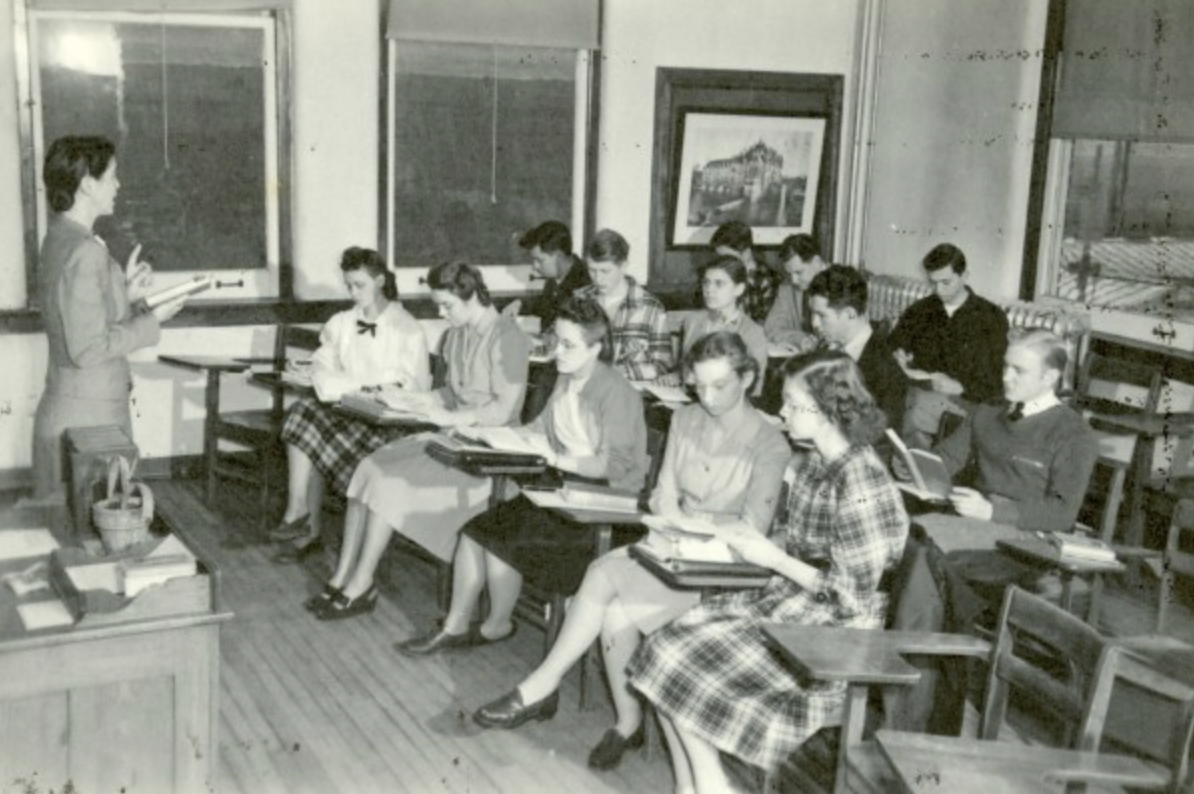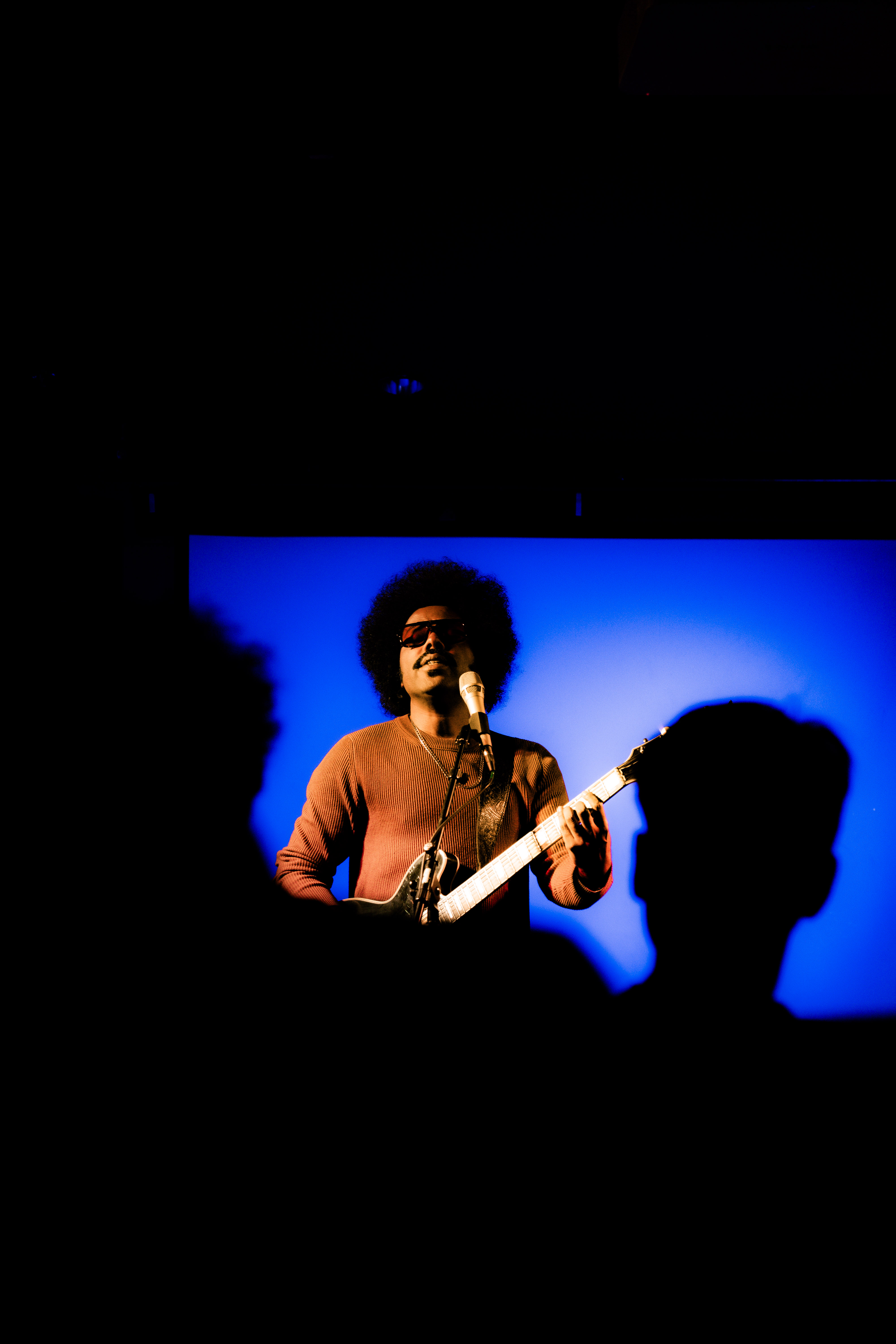
When I first walked into this class, I thought the rule sounded almost absurd: no phones, no laptops, no devices – at all. For a university that thrives on screens and gadgets, this class felt like stepping into another era. Thirty-five students, notebooks, pencils, and printed readings. No one hiding behind a glowing screen.
The class I’m talking about is cross-listed as Cultural Studies 370 and Gender, Women, and Sexuality Studies 340: Writing the Self in Theory and Practice, a course that focuses on “life writing” and blending academic seminars with creative writing.
I’ll admit, during the first two weeks, I was restless. My fingers kept reaching for a phone that wasn’t there, my thoughts drifting to unread notifications. Whenever the lecture went over my head, I caught myself missing the ease of distraction - online shopping, texts, the comfort of half-attention.
However, a month later, that discomfort has evolved into something entirely different. It is a sight to see.
Without screens, the environment in class feels pleasantly different. The classroom buzzes with conversation instead of keystrokes, people doodle in the corners of their pages, gaze out the window, flip through their readings, or simply just look up… at each other.
“If you’re on your phone,” says course instructor Melissa Jacques, who has been teaching for almost 30 years, “you’re going to miss the conversation.” In a chat with her, I found out that she has kept her classrooms tech-free since long before smartphones became an extra limb. What began as a habit has become, in her words, both a teaching method and a statement about the world we live in.
Jacques describes her courses as seminar-style: spaces for dialogue rather than silent note-taking. “All it takes is one notification to lose someone’s attention,” she says. “Technology becomes a barrier. People use it as protection from being seen or from participating.”
I know what she means. In my other classes, the glow of laptops creates small islands of isolation. Someone’s shopping, someone’s answering emails, someone’s half-listening. Here, with only pens and paper, everyone is part of the same present moment. I find that I don’t need to take exhaustive notes because discussions stay with me. When I’m doing my assignments, I’m able to easily recollect themes, voices, and musings because I was actually there for them.
Jacques says she notices the difference, too. “When students first encounter the no-tech rule, there’s resistance,” she admits. “Some spend a lot of time looking at the clock. But once they settle in, something shifts. They start knowing each other in ways they don’t when technology is available.”
She laughs when recalling how easily community forms under those conditions. “When I was a student, I met my friends in classes — I even met someone I dated — because we didn’t have phones. We talked to each other. Now, during breaks, everyone just stares at their screens. In my classes, students recognize one another, learn each other’s names. That’s how a classroom becomes a community.”
This course is designed to explore life writing and autotheory and asks students to write about their own lives while analyzing how identity is constructed through text. It’s an environment that thrives on openness, vulnerability, and trust; conditions that screens can easily flatten.
“Through art and writing, we understand ourselves better,” Jacques tells me. “We often think we know who we are, but we don’t. Technology trains us to curate a version of ourselves for others. It’s much harder to encounter your real self when everything you do is mediated through a device.”
Without that mediation, something remarkable happens. I notice classmates tracing the edges of their notebooks, reacting with their whole faces when someone reads aloud, or enjoying the feel of their printed memoir in their hands. Focus is manifested. There’s no tab to click, no feed to refresh, only thought in motion.
Of course, the rule isn’t absolute. Students with Disability Resource Centre accommodations are considered, and Jacques makes that clear. What matters to her is intention: choosing to be present. “You can’t make people be invested,” she says. “But removing technology gives them a better chance to be.”
It’s not an easy adjustment. I was called out once for sneaking a glance at my phone under the desk in week two. I haven’t touched it in class since. In a way, this class exposes what the rest of the campus hides: our dependence on divided attention. Most of UBCO now exists in a half-online, half-offline rhythm: hybrid lectures, Discord study groups, AI tools, Canvas discussions. We live through our digital shadows, fragments of ourselves projected across platforms. In this course, that shadow disappears.
I’ve started to notice how different the world looks when you’re not looking down at your phone – the ideas that surface, the honesty in discussions, the personality that emerges in our writing.
On a campus filled with digital shadows, maybe that’s what it means to truly write the self.



